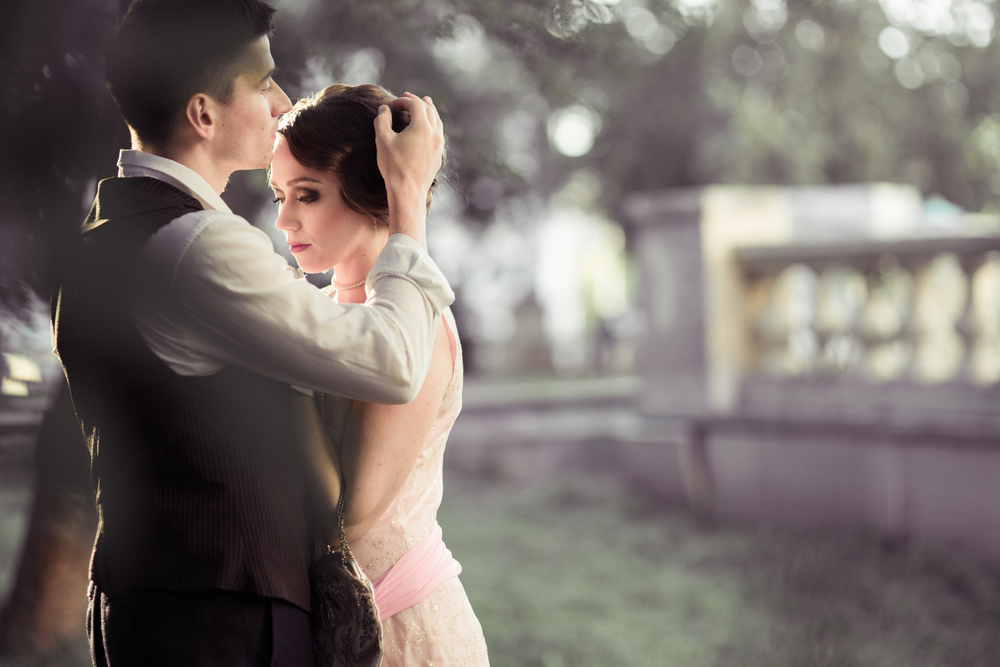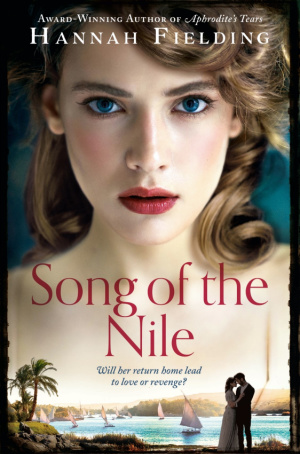For the love of historical fiction
For the love of historical fiction
For the love of historical fiction
-
Hannah
-
Hannah

So far, I have published eight novels. Of these, five are works of historical fiction: Burning Embers, Masquerade and Aphrodite’s Tears, set in the 1970s; Indiscretion, set in the 1950s; and my latest novel Song of the Nile, set in the 1940s.
(In case you are wondering, a historical novel is generally defined as one in which the story takes place 50 years or more before the current time and which requires research from the author rather than being written purely from remembered experiences.)
There is a simple reason why I keep returning to historical fiction in my writing: I love to write it! I am fascinated by history, and I love to research – particularly where that involves delving into books.
In each book I write, I strive to set the scene for the reader so that they can picture it so clearly in their mind that they feel transported there. In order to achieve this in a historical novel, it is necessary to know, as author, how that scene would have looked, sounded, smelled; to imagine in detail how the characters would have experienced the place. Here, for example, is an extract from Song of the Nile describing what Aida sees on a walk near to her home in Luxor. I hope you can see some of my research here into how these people living along the Nile would have lived and worked in the 1940s in a traditional fashion.
The sandy lane was fringed with date trees. Palm groves and cotton fields stretched afar on either side. The years seemed to roll back as Aida gazed around her, the pungent aroma of the sun-warmed earth and fecund smell of the Nile taking her back to her childhood. The fellahin were already hoeing and planting. The land was being prepared for the new cotton season. In one field a wooden plough was being pulled by two cows. Further away in another, groups of men were using picks to make even furrows in the ground, while others hoed the land between the rows of plants. A few women in long brightly coloured robes were coming and going on the path, carrying baskets on their heads and shoulders. One of them was returning from the river with a heavy pitcher on her head; Aida had always been fascinated by the gracefulness and amazing balance these peasant women had, their carriage that of a queen.
Groups of men by a stretch of canal near the road were hauling up water with a shaduf, an irrigation tool dating from the Pharaohs, many of which could be seen up and down the Nile. It was composed of a long pole supported in seesaw fashion on an upright frame, from the end of which hung a wooden bucket to draw water from the river. Next to it the saqia waterwheel was turning, another irrigation mechanism devised by the Ptolemaic dynasty. Driven by buffalo, Aida had always been fascinated by it, watching for hours as it slowly lifted water and slopped it into irrigation ditches. She found it one of the most beautiful machines invented by man, combining aesthetic grace with bestial energy.

Song of the Nile: available to buy now
My research for a historical novel is wide in scope. I want to know everything, from which hotels and shops existed in a city to which clothes designers my heroine may favour in her wardrobe. Popular music of the era is perfect for setting the scene and grounding the fiction in its time; I listen to this, too, while I am writing. I read up on all the culture in fact, from art to architecture. Of course, politics is also important; the latter is a key theme in Song of the Nile, which is set in the short period between World War Two and the ousting of King Farouk in the 1952 Revolution.
What really fascinates me is the social history of the period and place. How did people feel and think and behave during this time? I want my characters to feel authentic, not like modern-day people slotted into a distant time. In Song of the Nile I especially wanted to give the reader the feel of upper-class society in Egypt at the time and the traditional social customs that were still in place – so different to those in the West and old fashioned by their standards.
Take the chapter in which Aida travels by train from Luxor to Cairo and is joined in her carriage by a man, a stranger. Once the introductions are made, Shams Sakr El Din – a prince – is quick to offer to show Aida around Cairo. When he learns that she is staying in a hotel, he at once invites her to stay at his palace instead. Aida wisely responds:
‘That is very kind of you, but I’m sure my father would have found it inappropriate for me to stay at a gentleman’s home, albeit one belonging to a prince.’
‘Touché,’ responds the prince. Yet he then asks to call on her at her hotel, and insists on having his chauffeur take her there. The prince is being forward, that is true, but he is also being polite, gentlemanly, and following the custom in looking out for Aida, a woman travelling alone.
Aida does not entirely fit into this ‘old Egypt’, however. She is the daughter of an Englishwoman and a native archaeologist who encouraged her to develop free thought and independence; she has lived in England, nursed soldiers in the Blitz – she is not a meek woman who needs a man to provide for her and protect her. She is a strong, modern woman.
This clash of old/new was an important theme for me to develop in the book; I was writing of tradition but also of change. That is why I chose the 1940s as the time period for the story; it was a time of glamour and frivolity in the giddy relief of the war’s end, but beneath the surface were the undercurrents of revolution, and beyond Egypt’s borders the world was changing fast.

It was fascinating for me to explore this era of Egyptian history in my writing. To write historical fiction is, in a sense, to time travel, and what a thrill that is. Through my novels, I feel I have in some way visited Egypt in 1946, and Spain in 1950 and 1976, and Kenya in 1970, and the Greek islands in 1977, and I hope my readers feel this way too.
History isn’t only fascinating, of course; it’s important. ‘Study the past if you would define the future,’ said Confucius. There is so much to learn about the past, and it has so much to teach us. But we needn’t all be history scholars. I will leave you with one of my favourite quotations from the collected works of Rudyard Kipling, a quote that inspires me when I write historical fiction:
If history were taught in the form of stories, it would never be forgotten.
Picture credits: 1) Darya Komarova/Shutterstock; 2) Kiselev Andrey Valerevich/Shutterstock.